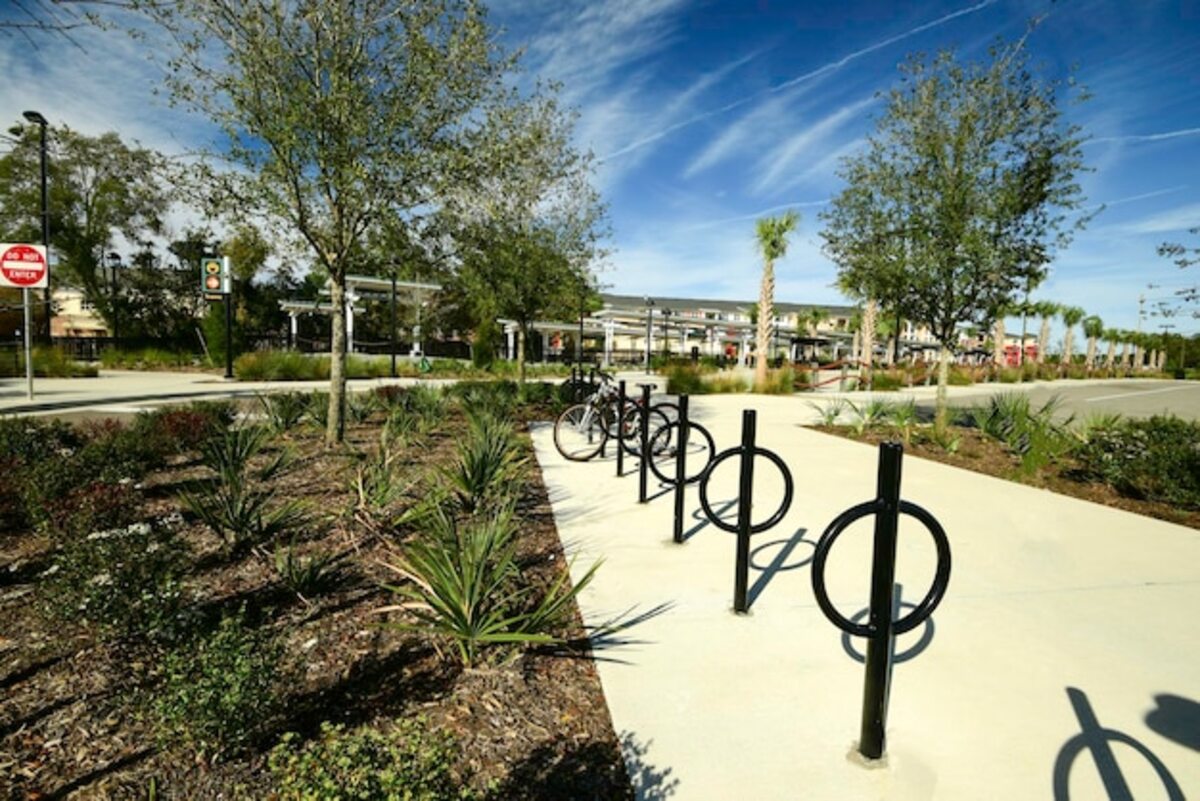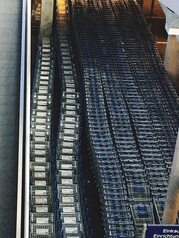The influence of community design on emerging added value

Community planning and design are key elements that can transform emerging areas into desirable places to live and invest. In this article, we will explore how these strategies not only improve the quality of life for residents but also increase the value of properties in the area. A well-designed environment can attract new residents and businesses, creating a virtuous cycle of development and appreciation. Join us in discovering how community collaboration can be the engine of urban future.
The importance of participatory design in emerging communities
Participatory design stands as a fundamental pillar in the development of emerging communities, as it allows residents to actively engage in the creation of their environment. This approach not only ensures that the needs and aspirations of the community are addressed, but also fosters a sense of belonging and responsibility among the inhabitants. When people feel heard and see their ideas reflected in the public space, a deeper commitment to the place where they live is generated, which in turn can translate into greater social cohesion and collaboration among neighbors. Active participation can also result in creative and innovative solutions tailored to the particularities of the local context.
Additionally, participatory design has a direct impact on emerging added value by transforming underserved areas into attractive environments for new residents and investors. By including the community in the planning process, unique opportunities can be identified to revitalize public spaces and improve existing infrastructure, which increases the perceived value of the area. An environment designed with the collaboration of its inhabitants tends to be more functional and aesthetically pleasing, factors that are highly valued both by those looking to settle and by those interested in investing. In this way, participatory design not only enhances the local quality of life but also acts as a catalyst for the sustained economic growth of the neighborhood.
2. Public spaces: the heart of community development
Public spaces are essential for community development, as they act as the hubs where people connect, interact, and build relationships. A well-designed park or a welcoming square not only provides a place for recreation but also fosters social cohesion and a sense of belonging among neighbors. By creating these spaces, an inclusive environment is promoted that attracts different demographic groups, which is fundamental for the sustainable growth of any community. These types of social interactions contribute to the emotional well-being of residents and establish added value to the area, enhancing its appeal for both new inhabitants and investors.
Additionally, well-designed public spaces can be catalysts for local economic development. When attractive areas are created where people want to spend time, surrounding commercial activity automatically increases. Cafés, restaurants, and local shops thrive when there is a constant flow of visitors in parks or squares. This economic revitalization not only enhances the value of nearby properties but also generates jobs and economic opportunities for residents. Thus, effective planning of these spaces not only beautifies the urban environment but also establishes a positive cycle where community design drives both social well-being and economic growth.
3. How infrastructure influences the added value of an area
The infrastructure of an area plays a fundamental role in determining its added value. Elements such as efficient public transport, access roads, and recreational facilities can be decisive in attracting new residents and businesses. When a community has good road connections and accessible mobility options, interest in living and investing in that area increases, which in turn drives property values. Investing in adequate infrastructure not only improves the functionality of the space but also creates a more attractive and friendly environment for its inhabitants.
Moreover, the creation of well-designed public spaces, such as parks, plazas, and recreational areas, can significantly enhance the quality of life in a community. These spaces encourage social interaction and promote a healthy lifestyle, which is highly valued by potential buyers and tenants. The presence of these amenities not only makes current residents feel more satisfied with their environment but also sends a positive signal to the real estate market about the future growth and development of the area. Thus, a comprehensive approach to community design directly translates into a sustainable increase in local property value.
4. Success stories: communities that have transformed their real estate value
One of the most notable cases of transformation through community design is the High Line neighborhood in New York. This former elevated railway, which was transformed into a linear park, has revitalized the surrounding area and significantly increased the value of adjacent properties. The creation of accessible and attractive green spaces has not only improved the quality of life for residents but has also encouraged the arrival of new businesses and tourists. This example illustrates how an innovative approach to urban design can radically change the perception and real estate value of a community.
Another successful case can be seen in Medellín, Colombia, where the implementation of public libraries and innovative transportation systems has contributed to transforming previously marginalized neighborhoods. Urban interventions have been accompanied by social programs that promote inclusion and citizen participation. As these communities modernize and improve their infrastructure, a notable increase in real estate value is observed, attracting both investors and new residents interested in being part of the change. This approach demonstrates that when communities collaborate to improve their environment, the economic benefits are tangible and sustainable in the long term.
5. The role of basic services in the valuation of emerging areas
Basic services, such as access to drinking water, electricity, and proper sanitation, are fundamental in the valuation of emerging areas. Their availability not only ensures a better quality of life for current residents but also acts as a magnet for potential new inhabitants and investors. Areas lacking these essential services often face stagnation in their development, as families and businesses tend to prioritize places where they can enjoy basic amenities. Therefore, the efficient and accessible implementation of these services is a key strategy within community design that can radically transform the perception and value of an area.
Furthermore, the integration of basic services in urban design fosters a sense of community and belonging. When residents have access to adequate facilities such as health centers, schools, and recreational spaces, a more cohesive and safe environment is promoted. This type of infrastructure not only improves daily quality of life but also contributes to creating a positive image of the area in question. As strong relationships are built among neighbors and a prosperous environment is established, a continuous cycle is generated where the demand for properties increases, thereby raising their value. In this context, basic services act as indispensable catalysts for sustainable growth and effective valuation in emerging areas.
6. Sustainable strategies for harmonious growth
Sustainable strategies are essential for achieving harmonious growth in emerging communities. Implementing practices that prioritize energy efficiency, responsible resource use, and the integration of green spaces not only improves the urban environment but also fosters a sense of belonging among residents. Projects like community gardens, recycling systems, and the use of local materials in construction promote a sustainable culture that attracts new eco-conscious residents and businesses. By promoting these values, a strong community identity is established, which can lead to increased demand for properties in the area.
Moreover, collaboration among different actors—local governments, businesses, and citizens—is essential for implementing these strategies. Initiatives that involve the community in the design and development of public spaces generate a deeper commitment to their environment. Participatory workshops and open forums allow for gathering local ideas and needs, ensuring that projects truly reflect what residents want. This inclusion not only fosters a sense of shared responsibility for the maintenance of the area but also increases property value by creating vibrant and attractive places where people want to live and invest.
7. Smart investments: where to put your money in emerging areas?
When considering investments in emerging areas, it is crucial to analyze the factors that contribute to the appreciation of these areas. Communities that implement effective urban design tend to attract both residents and entrepreneurs. Elements such as green spaces, efficient public transportation, and well-planned community services not only enhance the quality of life but also create an appeal for investors. By identifying these aspects, investors can make more informed decisions about where to place their money, thereby maximizing their potential return over time.
It is also essential to evaluate the dynamics of the local market and demographic trends. Areas that show growth in young and professional populations tend to be more receptive to new businesses and real estate developments. Investing in neighborhoods where revitalization projects are underway or where infrastructure is projected to increase can be highly beneficial. Collaboration between local authorities, developers, and investors creates a favorable ecosystem for sustainable development, which not only benefits emerging communities but also provides valuable opportunities for those looking to diversify their investment portfolios.



